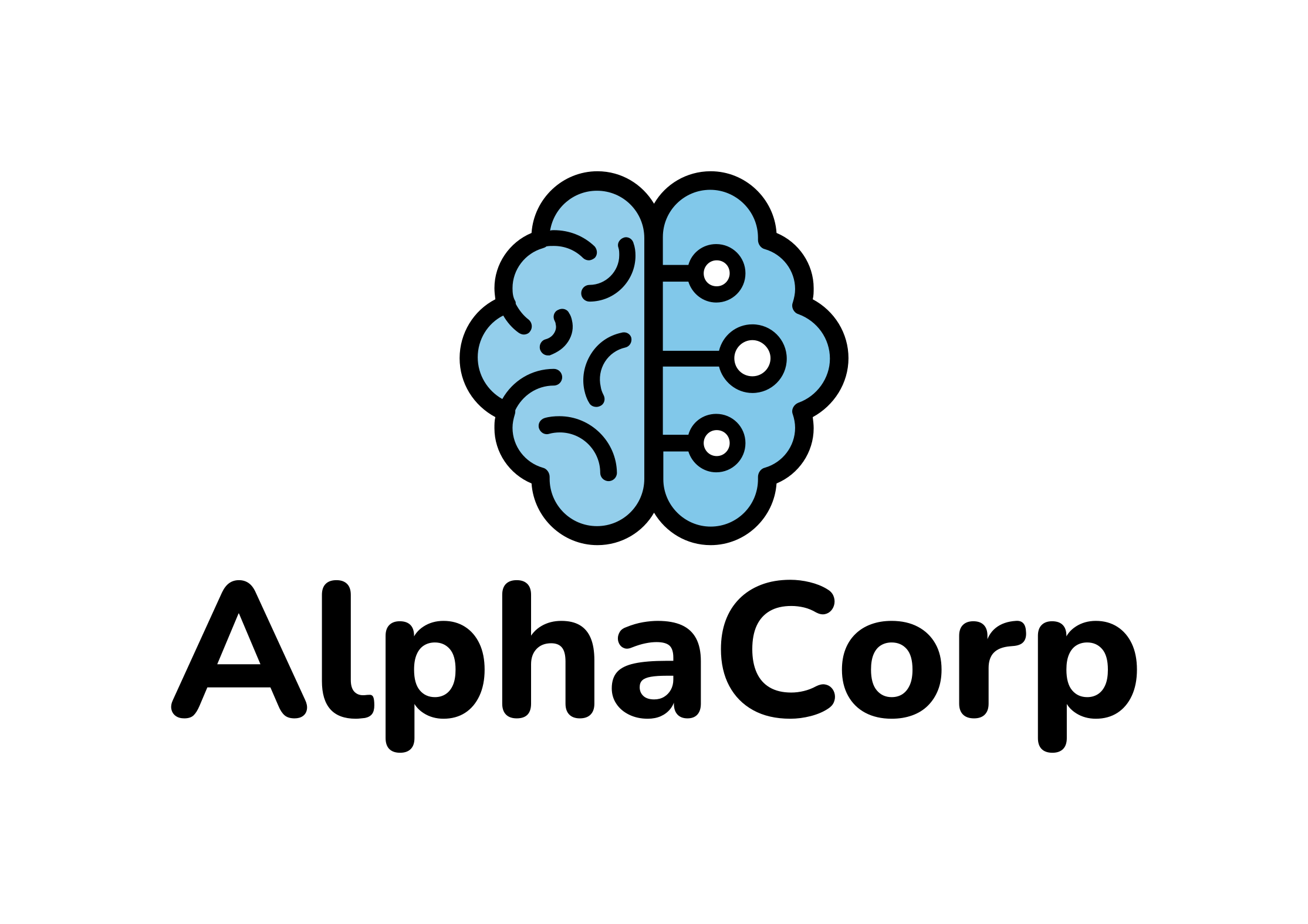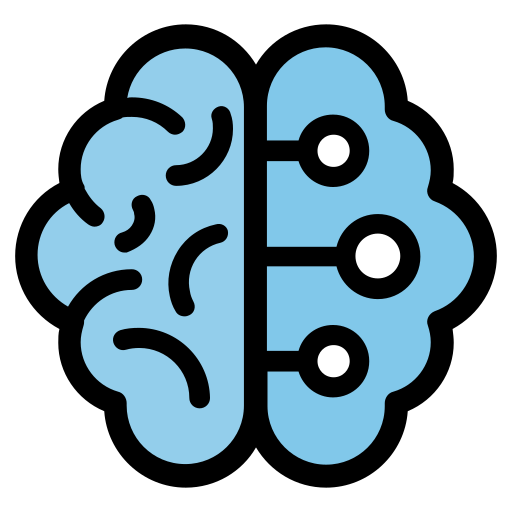Large language models can write compelling prose, but they often invent facts with unsettling confidence. Retrieval-Augmented Generation systems are changing that by teaching AI to check its work against real sources before answering. Early results show accuracy jumping from 85% to over 97% in medical fact-checking when models pull evidence first and generate second. This article walks through how dual training, hybrid search, and smart re-ranking are making AI finally accountable to the truth.
How AI Is Learning to Fact-Check Itself Through Retrieval
The core idea is simple: give the model a library card before asking it to write the essay. Retrieval-Augmented Generation connects an LLM to an external knowledge store. When you ask a question, the system first searches a curated database, surfaces the most relevant documents, and only then generates an answer grounded in those sources. This two-stage process reduces hallucinations by anchoring generation in verifiable evidence.
But naive RAG often disappoints. Plugging a basic search engine into a prompt is not enough. The retriever might miss key evidence, the ranking might bury the best sources under noise, and the LLM might still ignore the context or invent details. Making this work requires tuning every stage: how you search, how you rank results, and how you train the model to actually use what it finds.
The Dual Training Breakthrough
Most LLMs were not pretrained to read long passages of retrieved text woven into their prompts. They learned to generate from memory, not from fresh evidence handed to them mid-conversation. Retrieval-Augmented Dual Instruction Tuning—known as RA-DIT—fixes that by training the system in two stages.
First, fine-tune the LLM to better use retrieved context. Feed it examples where the correct answer requires synthesizing information from the provided documents, teaching it to attend to evidence rather than guess from memory.
Second, fine-tune the retriever to return documents that the newly trained LLM actually prefers. The retriever learns which sources lead the LLM to correct answers, creating a feedback loop where both components improve together.
The results are striking. RA-DIT 65B achieved state-of-the-art performance across knowledge-intensive benchmarks, outperforming baseline in-context RAG by up to 8.9 percentage points in zero-shot settings and 1.4 points in few-shot. Even when the retrieved context was imperfect, the fine-tuned LLM knew how to fall back on its parametric knowledge gracefully, making the system robust across different numbers of retrieved documents.
Hybrid Search Makes AI Smarter
Retrieval strategies matter more than most people expect. Dense vector search excels at capturing semantic similarity and paraphrases, but it can drift when concepts are only loosely related. Lexical search like BM25 nails exact terms, rare entities, and citations, but struggles when the query and document use different words.
Hybrid retrieval blends both approaches, using Reciprocal Rank Fusion to merge ranked lists from BM25 and dense retrieval into a single consensus ranking. This combination increases recall by 5 to 10 percentage points over vector-only baselines in many corpora, smoothing precision by catching both semantic matches and exact terms. In fact-checking, higher recall is not optional. If the key piece of evidence never makes it into the candidate pool, no downstream re-ranking or clever prompting can save the answer.
Re-ranking: The Second Stage That Matters
Initial retrieval casts a wide net. Re-ranking refines that net, pushing the most relevant sources to the top where the LLM will actually see them. Without re-ranking, the context window fills with noise, and the model either ignores the clutter or hallucinates around it.
Cross-encoders jointly encode the query and each document, producing highly accurate relevance scores but at significant computational cost. Late-interaction models like ColBERT preserve token-level signals with lower latency, matching cross-encoder accuracy in many domains while running fast enough for real-time applications.
A key finding from biomedical QA research is that joint training of the retriever and re-ranker prevents misalignment. When ModernBERT retrieval and ColBERT re-ranking were tuned together, Recall@3 improved by up to 4.2 percentage points, and average accuracy reached 0.4448 on the MIRAGE benchmark while maintaining far lower latency than full cross-encoders. The lesson is clear: fact-checking is a system property, not a component swap. Training the pieces to work together delivers gains that isolated improvements cannot match.
Measuring What Works: The Evaluation Challenge
Evaluating fact-checking systems requires more than accuracy scores. Traditional string-matching metrics like Exact Match and F1 often underestimate performance when multiple valid phrasings exist. Modern RAG evaluation frameworks combine component metrics with end-to-end measures to diagnose where errors originate.
At the retrieval stage, track recall, precision, and mean reciprocal rank to ensure the right evidence makes it into the pool. At the generation stage, measure faithfulness—whether the output is supported by the provided context—and citation accuracy. Tools like RAGAS offer reference-free evaluation with metrics for faithfulness, answer relevancy, context recall, and citation accuracy, while ARES fine-tunes lightweight judge models and calibrates them with small human-labeled sets.
LLM-as-a-judge systems have emerged as a practical way to scale evaluation. These systems use one LLM to score the outputs of another, recovering semantic correctness that string matching misses. But they come with caveats: judges can exhibit position bias, preferring answers based on prompt order; self-preference bias, favoring outputs with familiar style; and overconfidence, reporting high certainty even when wrong. Best practice deploys judge ensembles with calibration checks, position randomization, and selective human verification to catch systematic errors.
| Evaluation Layer | Key Metrics | Tools |
|---|---|---|
| Retrieval | Recall@k, precision@k, MRR | Hybrid search logs, nDCG |
| Generation | Faithfulness, answer relevance, citation accuracy | RAGAS, ARES |
| End-to-end | Correctness, factuality, latency, cost | MIRAGE, CoFE-RAG |
| Judge reliability | Correlation with humans, calibration, bias | Judge’s Verdict, TH-Score |
Why It Matters
When a COVID-19 fact-checking system used retrieval-augmented generation over 126,984 peer-reviewed papers, it achieved state-of-the-art performance while remaining cost-efficient. Query costs stayed below $0.08, and accuracy on real-world claims reached 97.3% when the system graded both the retrieved documents and its own answers—an agentic quality control loop. This is not a laboratory curiosity. It is a blueprint for high-stakes domains where getting the facts right is not negotiable.
Fact-checking is no longer about whether retrieval works. It is about building systems that retrieve the right evidence, rank it intelligently, and train models to use it faithfully. The best defenses against hallucinations are hybrid search to maximize recall, strong re-ranking to elevate signal over noise, dual tuning to align retrieval and generation, and rigorous evaluation that measures not just accuracy but calibration, attribution, and operational efficiency.
Transparency matters too. Systems should expose clickable citations, dates, and verbatim quotes so users can verify claims themselves. In journalism and healthcare, audiences increasingly expect disclosure when AI assists, and they reward clarity with trust.
If you need a fact-checking system that scales without sacrificing rigor, the evidence-backed stack is clear: hybrid retrieval with RRF, late-interaction re-ranking, dual instruction tuning, and evaluation that tracks retrieval quality alongside generation faithfulness. That combination turns fluent guessers into verifiable assistants.

